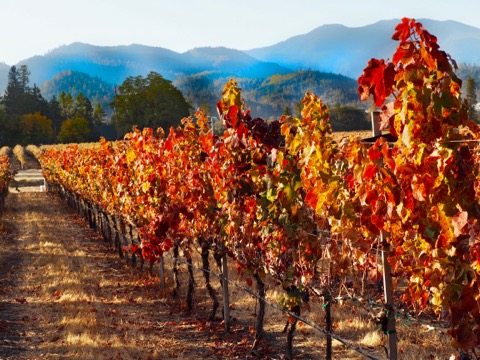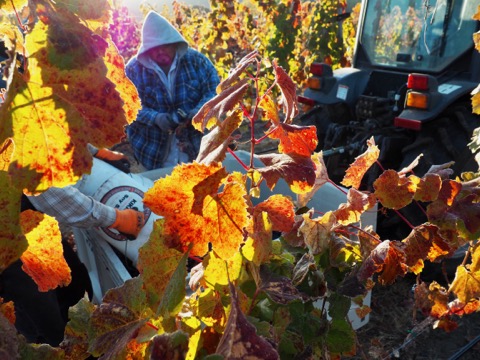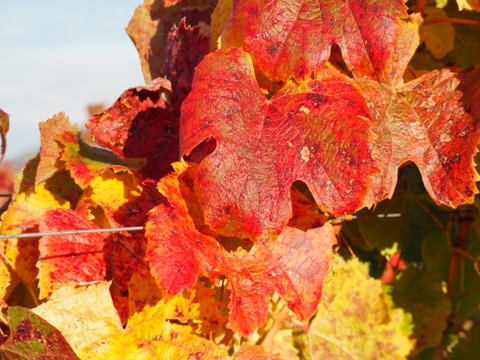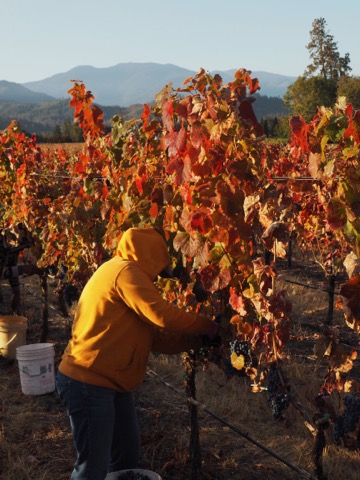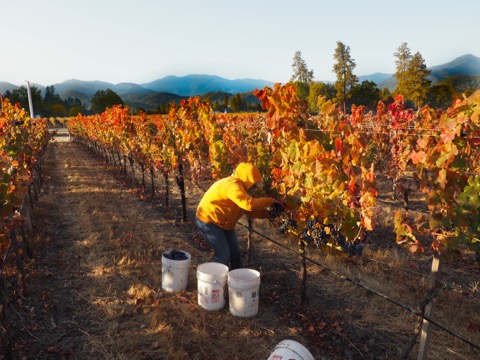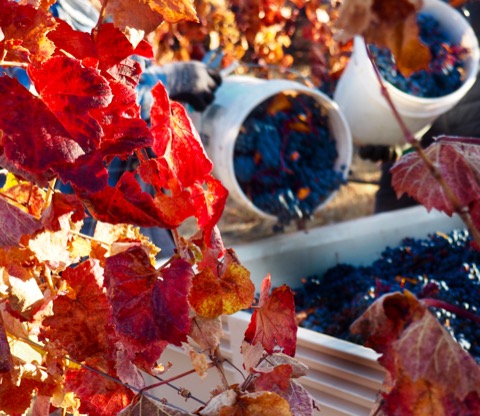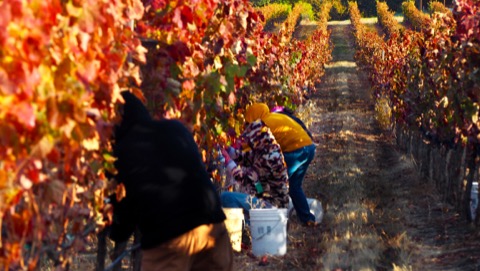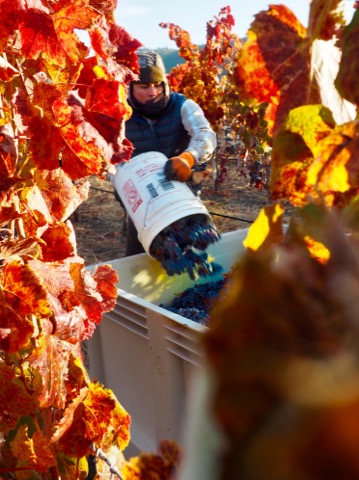Winemakers (and Vineyards) Need to take Probiotics Daily
Your microbiome is suddenly fashionable. The bugs in our gut are chic. We can’t get enough of probiotics and fermented foods. This is a very good thing and a trend that will certainly lead to healthier people. The bugs love us and now, finally, we love them. Good thing, because we would not exist without them.
However, the microbiome is not just in your gut. It’s everywhere - literally. It’s part of everything you touch, breathe, eat and drink. Yes drink. That includes wine. Bugs in wine? Not so much really because alcohol and bugs do not get along well. But before fermentation wages its war on bacteria (sometimes more successfully than others) there are grapes in a vineyard and the key to a healthy vineyard and great wines is the microbiome of the vineyard itself. Just like us, for vineyards there are good bugs and bad bugs and the key to good health is maximizing the good ones and minimizing the bad ones.
Conventional farming has destroyed the microbiome built up by Mother Nature over the millennium. The resulting soils are dead requiring mainlined injections of petrochemicals to grow anything at all. Soon, like any addict, the plants require stronger and stronger doses to survive. A vicious dead-end cycle that ends up the same for the plant or the drug addict.
Just like we need to take probiotics to repair the damage we’ve inflicted on our microbiome, a vineyard needs the same remedy. Unfortunately, for a vineyard it’s a bit more complicated than simply taking a pill. However, there is a proven cure - biodynamics .
First let’s make one thing clear - I believe and revere science and scientists. I know that climate change is real. I know that astrology is ridiculous and that relativity is not. So how does someone who believes these things also believe in biodynamics? That’s a good question and in a very real sense many aspects of biodynamics and science are in total conflict. Yet, I think with deeper thought and research the gap between them is not a chasm, but is in fact semantics. Clearly there are aspects of biodynamics that are absurd to any educated person, but there is a major problem here because, very simply, biodynamics works. Biodynamics not only works, but works dramatically well. The list of wineries using biodynamic agriculture is a who’s who of exceptional winemaking. The results speak for themselves.
Often it is argued by anti-biodynamic crusaders that it is not biodynamic practices that improve a vineyard, but the simple fact that the owner must spend more time in the vineyard. Without a doubt there is an element of truth here for as they say, “the best fertilizer for a vineyard is the owner’s boots.” Yet there are many dedicated viticulturists who spend endless hours in vineyards that produce flavorless wines from dead soils that have had the soul ripped out of them by chemicals. Time spent in the vineyard alone cannot be the answer.
However, if you strip the voodoo out of Steiner’s biodynamic program (and Steiner was loaded with voodoo ideas) what you get is a discipline dedicated to putting the bugs Mother Nature intended to be there back into your vineyard. Burying horns filled with manure, hanging stuffed animal organs in trees then spreading their contents over your vineyard is very simply creating a probiotic for your vineyard. Almost all of the numbered biodynamic preparations are focused on composting. It’s in the area of composting that biodynamics meets science as there is hard data showing that compost treated by biodynamic methods is more active microbiologically than untreated compost. I believe this extremely proactive composting program is the heart and soul of what makes biodynamics effective. You are simply creating a giant probiotics therapy program for your vineyard. It is here that science and biodynamics reconcile. Any plant scientist will tell you that a healthy microbiome is key to a plant taking nutrition from the soil. Kill nature’s bugs and your vines will slowly starve to death. It is at this point that biodynamics goes beyond simple organic farming, which tells you what not to use, but biodynamics goes a step farther by telling you what to put back in. The goal of biodynamics is not simply sustainable agriculture, but to restoring and building the microbiome of your vineyard.
There is an obvious conflict between science, facts and biodynamics. I have no doubt that there are parts of biodynamics that are total hooey. The problem is that we don’t know which parts work and those that are a total waste of time. That means for now a winegrower committed to both a natural sustainable vineyard and great wine must take the bad with the good of biodynamics until science and biodynamics catch up with each other. Until they do and we fully understand how and why biodynamics works I do not intend to take a risk that would mean wines that are not all they can be.
Starting in 2018 we are launching our program at Troon Vineyard to achieve biodynamic certification. We do this fully understanding that some of the things we’ll have to do will seem absurd, but we know that others will create miracles in the vineyards that will take our wines to greater and greater heights. To achieve that, I am more than happy to practice a little voodoo.


